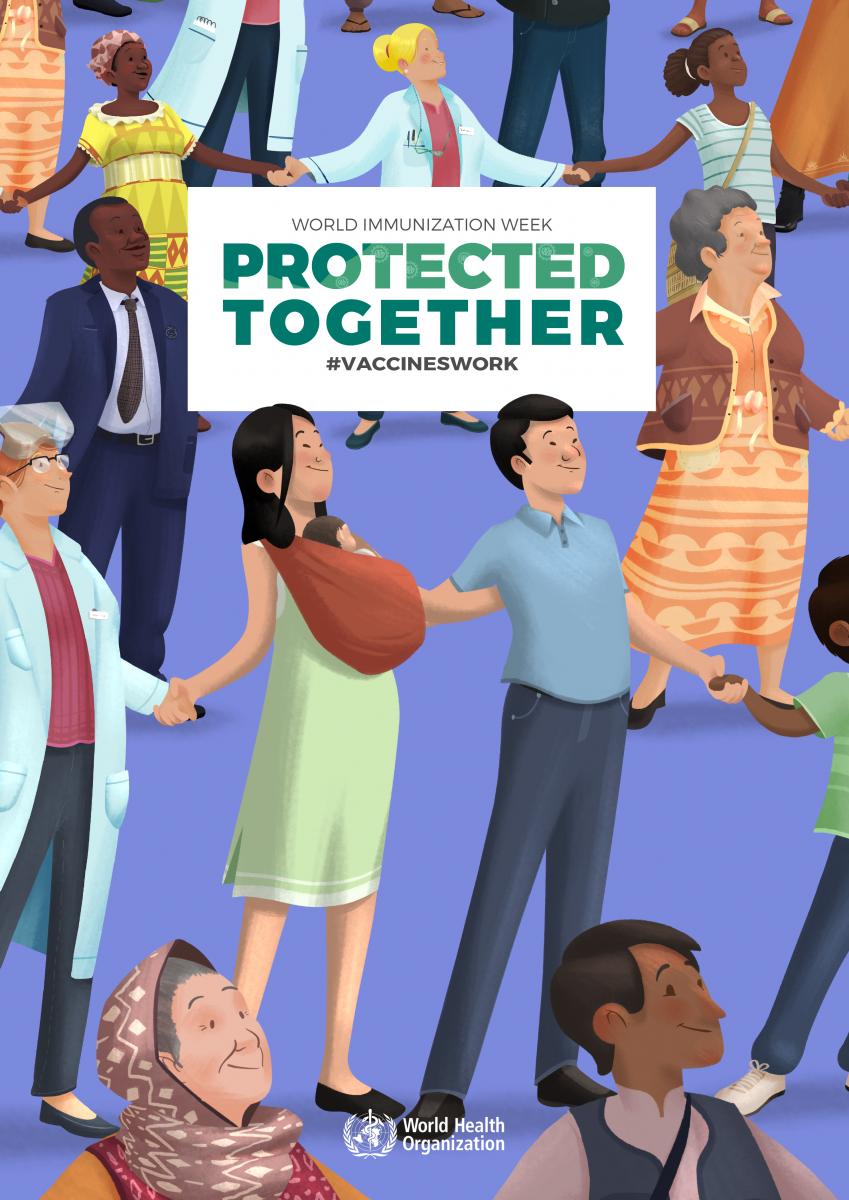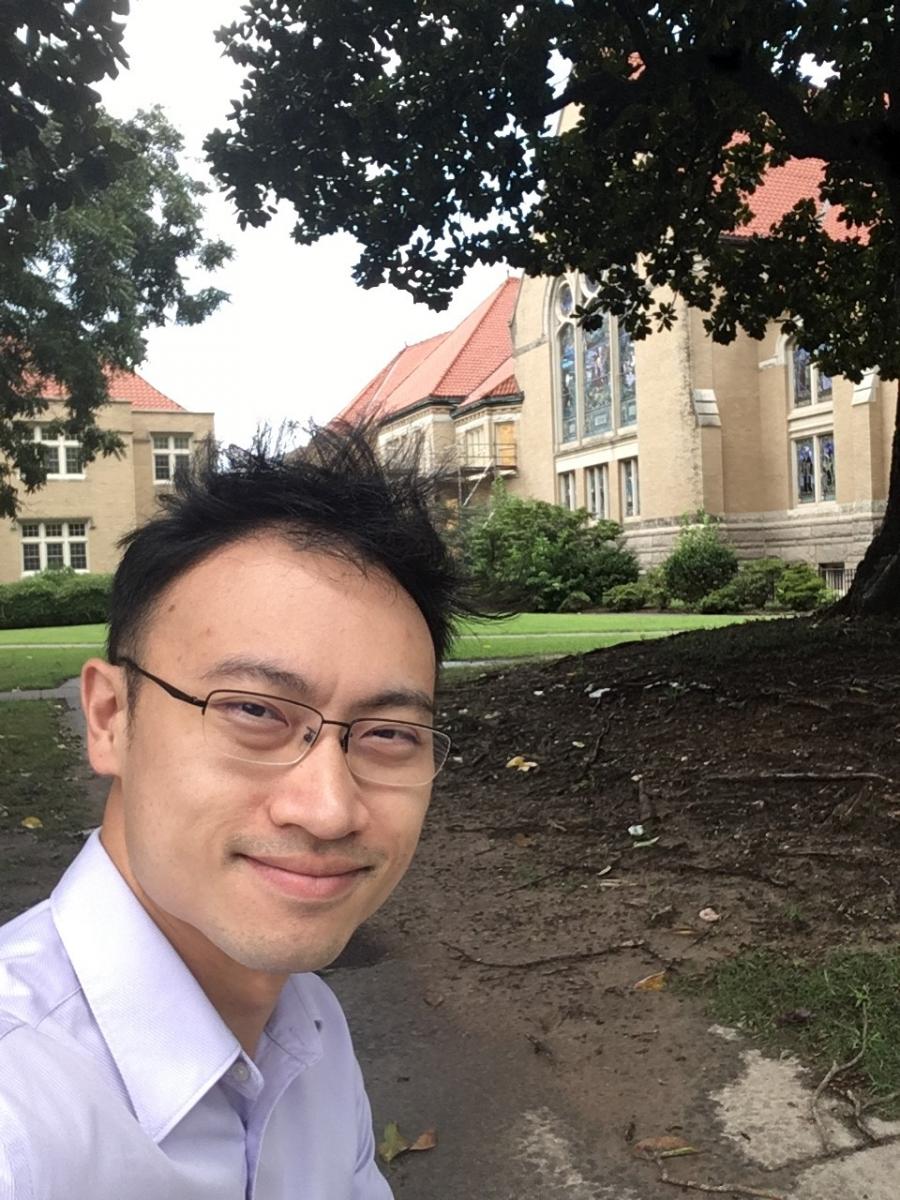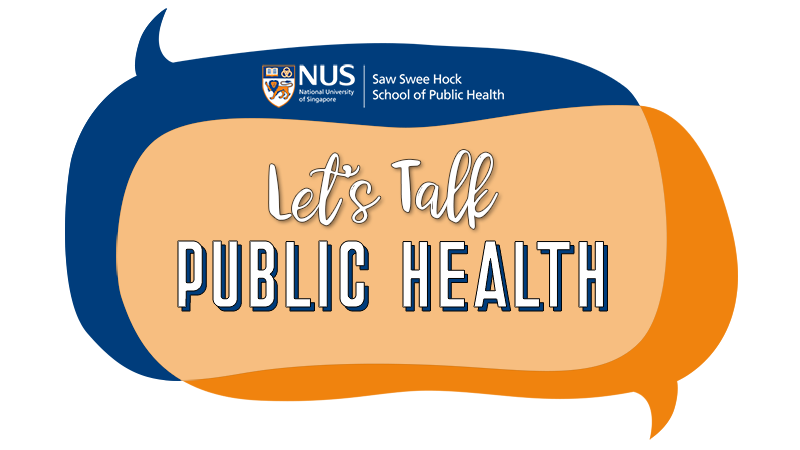Celebrated in the last week of April (24–30 April), the World Health Organization (WHO) World Immunization Week aims to promote the use of vaccines to protect people of all ages against disease, and raise awareness of the importance of full immunisation throughout life.
This year’s theme is Protected Together: Vaccines Work. The campaign celebrates Vaccine Heroes from around the world — from parents and community members to health workers and innovators — who help ensure we are all protected, at all ages, through the power of vaccines.
Today we speak to Assistant Professor Vincent Pang, Director of the School’s Centre for Infectious Disease Epidemiology and Research (CIDER), to share his thoughts on current and future issues around immunisation in Singapore and beyond.
What are your reflections on immunisation in Singapore?
Singapore benefits from a positive vaccination culture, effective health infrastructure for public to access immunisations, and cost-effective implementation strategies to ensure high rates of immunisation.
An important contributing factor of our high vaccine uptake is the clear and transparent communication strategy on immunisation. We are fortunate that immunisation promotion here is coherent, and clearly explains the health benefits of vaccination and how they significantly outweigh the minimal side effects.
It’s also good that in general, the population is well-educated and understands the importance of vaccination as an individual, as well as at the population level in terms of herd immunity. When a large proportion of the population is vaccinated, the spread of infectious diseases among the susceptible individuals can be significantly reduced.
However, we must not take this for granted nor get complacent in our efforts in vaccination promotion. The anti-vaccination movement in some countries has resulted in an overall reduction in vaccination rates and an increase in preventable infectious disease outbreaks, which is a serious challenge for health systems and policymakers.
Another good aspect of immunisation in Singapore is that the population has easy access to the vaccines with the most optimal efficacy. This can be attributed to proper storage of vaccines in healthcare institutions, strict regulations and audits enforced by our health authorities, and the wide availability of these vaccines even in the public primary healthcare settings. In addition, these vaccines are usually offered for free (especially childhood immunisations) or at a highly subsidised rate for residents. We are fortunate to have these measures in place as they may be challenging to implement in larger cities and developing countries.
Finally, Singapore has always relied on evidence-based practice to recommend cost-effective immunisation strategies. Take for example the recommendations on appropriate vaccinations for adults, especially those that fall into the high-risk group, as well as the recently announced opt-in human papillomavirus vaccination, which will protect current and future Secondary 1 cohorts against cervical cancer.
…regionally?
Infectious diseases respect no borders; epidemics in one country may potentially spread across the region. We need to continue to emphasise the importance of vaccination to enable all regional countries to reach high immunisation levels, particularly through identifying and addressing barriers.
Although outbreaks in the region are monitored, we also need to work to improve the speed of data sharing, accuracy of information, and monitoring of diseases in hard-to-reach areas. These are all critical when it comes to monitoring epidemics and disease transmission.
Regionally, there is a focus on the Philippines as they are struggling to ensure the immunisation levels for other vaccines are high enough to achieve herd immunity after the 2017 dengue vaccine controversy. This is due to a domino effect on the loss of trust in vaccinations in the community, with declining rates of immunisation against a number of vaccine-preventable diseases, such as measles.

… globally?
Globally, I believe the priority should be putting in place programmes of immunisation in developing countries where the burden of vaccine-preventable infectious diseases is high. In these countries, the challenge lies in implementing a cost-effective health infrastructure to deliver immunisation proactively to the community; how vaccines are stored, transported and distributed has an impact on the rate of vaccine effectiveness and decay. Talk to us about your work on the influenza immunisation.
Influenza (flu) is an unpredictable virus that causes a mild illness in most people, but can lead to more severe conditions like bronchitis, pneumonia and even death among vulnerable groups, such as the elderly, pregnant women and people with underlying health conditions.
Given that Singapore is a major transport hub that sits between the Northern and Southern Hemisphere, we usually see two main seasonal peaks in influenza based on the peak in the Northern Hemisphere (December and January) and Southern Hemisphere (June and July).
As the flu viruses may change each year, public education on flu vaccination can be complex. The flu vaccine is based on an assessment of which influenza strains are most likely to be circulating in the population in the next ‘flu season’. This means that the overall effectiveness of the flu vaccine may be lower in some seasons, but more effective in others. In Singapore, our research consistently finds that the flu vaccine is generally about 40 to 70 per cent effective in protecting against flu.
No discussion on flu would be complete without the One Health approach: One Health recognises that the health of humans, animals and ecosystems are interconnected and that we need to widen our view on how to prevent and manage infectious diseases. Regionally, we are using the One Health approach to encourage collaboration to tackle emerging infectious diseases through research, biosurveillance, detection and containment. In terms of influenza, there is a need to monitor the health of animals and identify novel flu strains that could potentially evolve to cross over to people (such as farmers) as a result of close contact with these animals.

Tell us something surprising about you that people may not know.
When I was 16 years old, my father and I lived in a rural Thai Buddhist Monastery as monks for two months; a turning point in my perception towards life. It taught me simplicity, empathy and balance in life. It also gave me an understanding and appreciation of how different (and challenging) other people’s lives can be. Since then I have continued to place great importance in community service and volunteerism, which allows me to appreciate the diverse backgrounds of our population and motivates me to better safeguard their health against potential infectious disease threats. In this case, vaccination would ensure that the majority can continue to earn a living without affecting their families’ basic needs.


